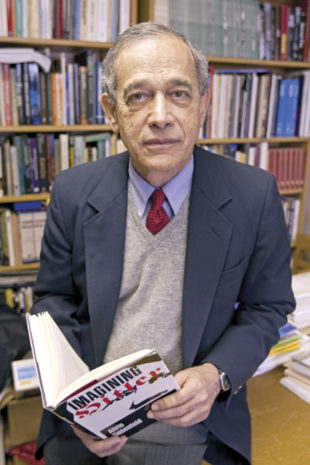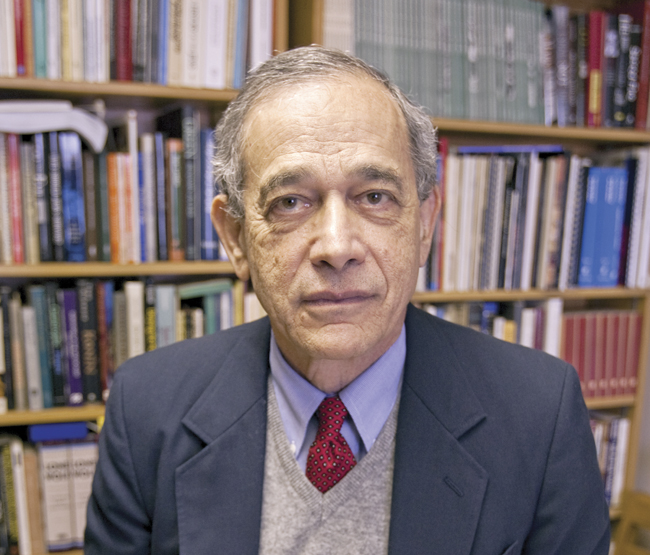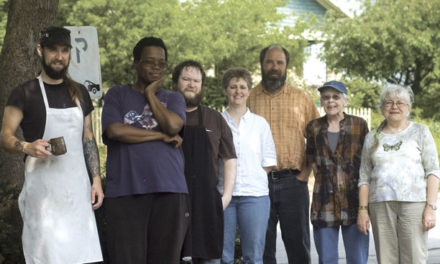
Alvin Rosenfeld. Photo by Jeffrey Hammond
BY CARMEN SIERING
In an effort to understand the most recent forms of an old and persistent hatred, Alvin Rosenfeld, founder and director of the Institute for the Study of Contemporary Antisemitism at Indiana University, has edited Resurgent Antisemitism: Global Perspectives (IU Press). The book features the work of 19 scholars from a dozen countries who gathered in Bloomington at a conference of the same name in April 2011.
“What we’ve tried to do is carefully define this new hostility,” Rosenfeld says. “Anti-Semitism dates back over many centuries and will not go away, but perhaps we can help people understand it better and thereby mitigate some of its worst features.”
Rosenfeld explains that while past anti-Semitisms were largely based on religious and racial biases, the “new” anti-Semitism is more ideological and political. This may explain why, when anti-Semitism does occur in the United States, it is often on college campuses, where radical, far-left student groups are more likely to develop anti-Semitic followings. Rosenfeld says what is often seen is a fierce anti-Zionism that frequently compares Israel to Nazi Germany or apartheid South Africa. “The aim is to demonize and delegitimize the very existence of Israel as a country and to call for its removal as a sovereign state,” Rosenfeld says. “Such demonization can rapidly move from attacks on Israel to attacks on Jews as such.”
Apart from these conflicts, anti-Semitism in the United States is far less common than elsewhere in the world, Rosenfeld says. “In Europe, anti-Semitism is at street level; we’re not seeing much of that here. I give America a lot of credit for not tolerating anti-Semitism,” he says. “For example, you don’t often find people in American politics pushing an anti-Semitic line, but in some European countries today, political rhetoric can be openly anti-Semitic.”
Rosenfeld says Resurgent Antisemitism is important for its global reach and for offering work by both accomplished and emerging scholars. “Some of the authors are among the most distinguished in the field,” he says. “At the same time, one of my aims is to encourage younger scholars who will carry on this work in the next generation. Would that there were no need to carry it on, but that’s not the reality we face today or are likely to face tomorrow.”















